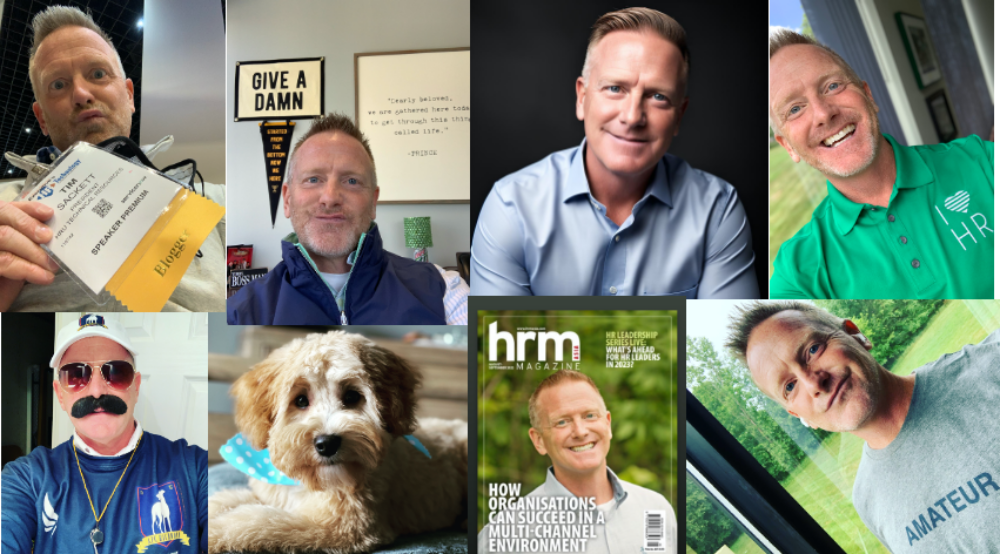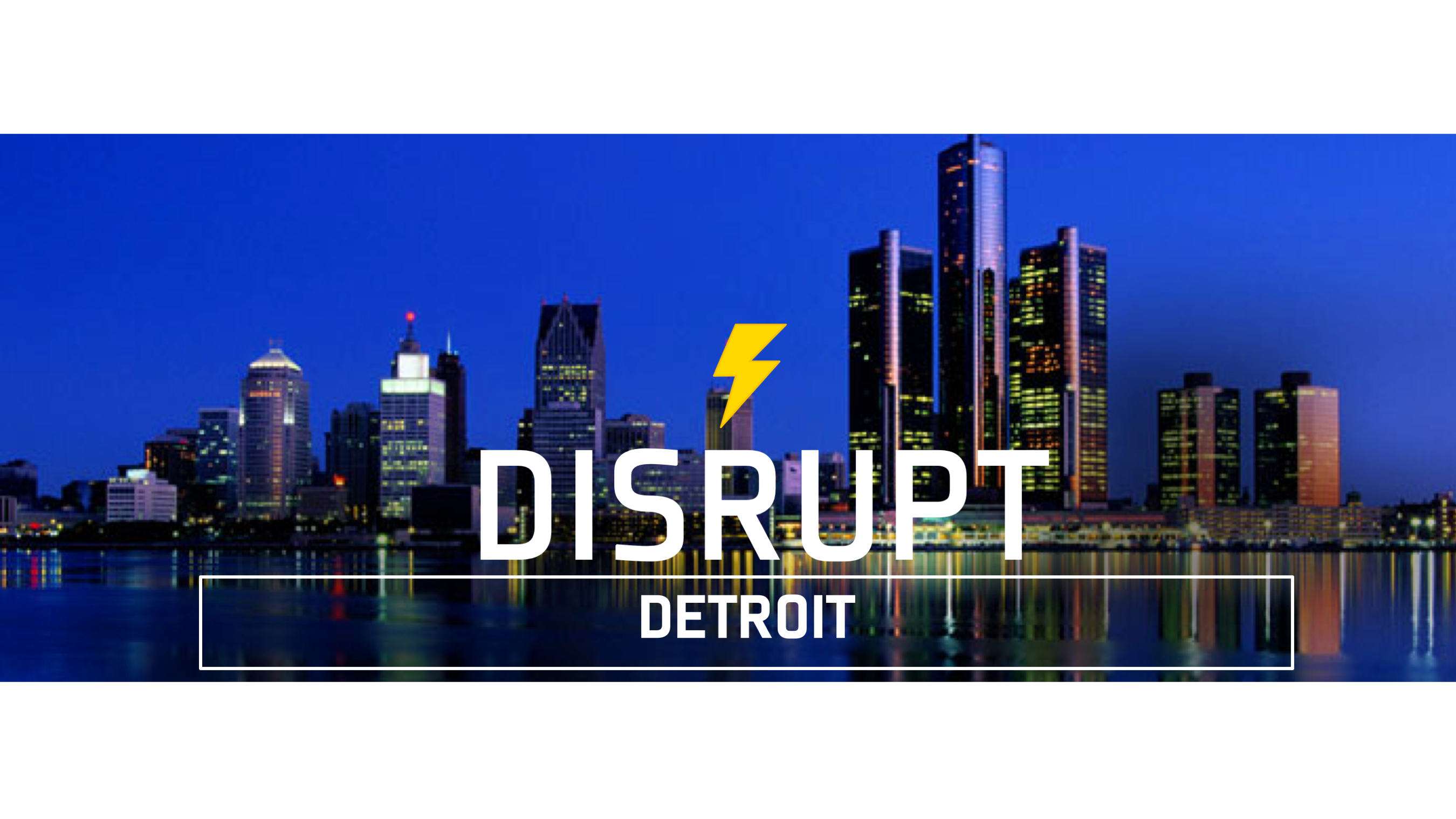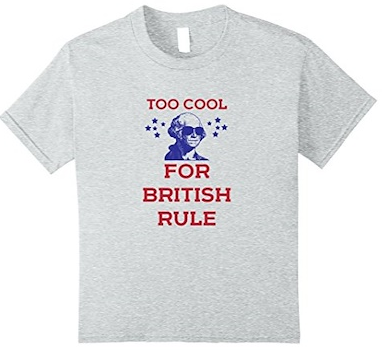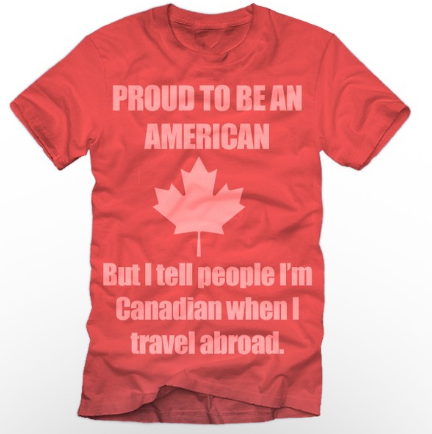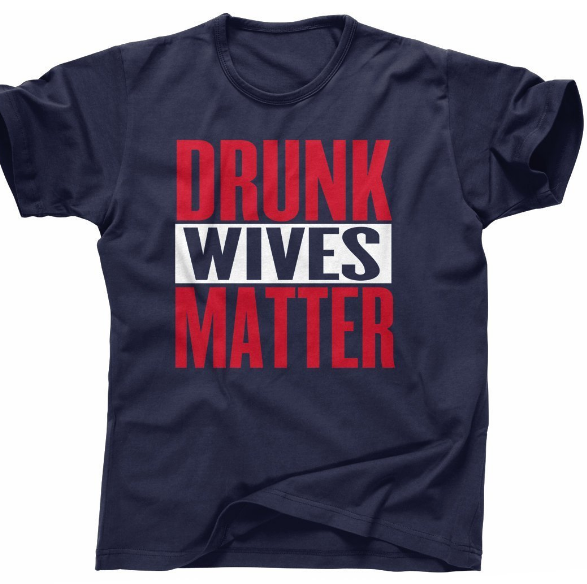Today on The Weekly Dose I take a look at the HR Tech, voluntary employee benefit and financing solution for your employees called Kashable. Kashable is basically a simple way for your employees to borrow money, where you as a company are not involved, but can still ensure they get the assistance they need!
Here’s the scenario – Timmy walks into your office. He’s got a problem. His car broke down over the weekend. He needs new brakes. He has no savings and no way to get the money. Without his car, Timmy stops coming to work.
You’ve had this conversation before, haven’t you? In fact, you probably will have it this week!
Here’s the problem. Your company and you in HR don’t want to become a bank. Loaning out money to employees, through your company, always becomes a nightmare. This is why I was so intrigued with a technology like Kashable.
Kashable gives your employees access to low-cost loans based on a percentage of their take-home pay. You as the employer, only facilitate the repayment through payroll deduction, but ultimately you are not responsible for repayment.
Having this option for employees is important!
Here’s what way too many of our employees do in a cash crisis situation. They choose bad money options! 401K loans, high-interest credit cards, cash advance shops, or they go without something that is critical, like health insurance or a medication, etc. All of which puts them in a worse situation long term than where they started. The problem is, most of our employers have a bad or low credit and don’t have access to cheaper capital alternatives.
What I like about Kashable:
– Gets the employer out of the loan business and puts it back where it belongs, in the hands of a financial institution that I have validated will do right by employees.
– Kashable reports directly to the credit bureaus, allowing your employees to build positive credit on these smaller amount loans that are paid back through payroll deduction.
– Kashable doesn’t allow employees to take a loan that can’t afford, so they are also teaching them responsible financing. The average amount of a weekly repayment is 5-10% of their takehome, so they don’t put themselves in a worse situation. They also only allow an employee to have one loan at a time.
– Many of your employees have a bad credit and could never get a low-cost loan, but with Kashable because they are employed by you, they will have access to this financing mechanism.
– Gives a credit option to your employees have no credit as well (high school grads, college grads, H1B workers, etc.).
Kashable has data to show that 35-40% of employees who use the service use it to pay down higher interest debt they have. So, already you’re helping to teach them to get away from the nightmare too many of our employee get caught in with high-interest credit.
I’m in love with any kind of technology that helps my employees and helps me and my organization. I’ve been in the bad situation of having to loan my employees money and how that usually ends up bad. I’ve begged my banking partners to give me an option like this, but they never would because they had to follow traditional banking rules. Kashable takes on the loan risk, and they do it because they know your employees are an actual fairly low risk.
Go check them out and do a demo – www.kashable.com
The Weekly Dose – is a weekly series here at The Project to educate and inform everyone who stops by on a daily/weekly basis on some great recruiting and sourcing technologies that are on the market. None of the companies who I highlight are paying me for this promotion. There are so many really cool things going on in the tech space and I wanted to educate myself and share what I find. If you want to be on The Weekly Dose – just send me a note – timsackett@comcast.net
Want help with your HR & TA Tech company – send me a message about my HR Tech Advisory Board experience.
